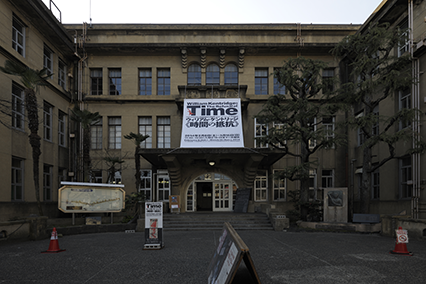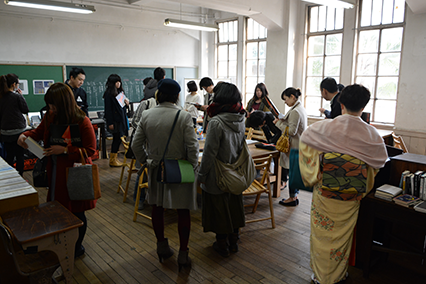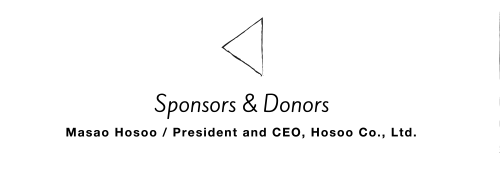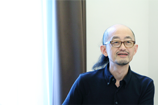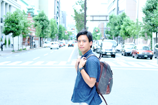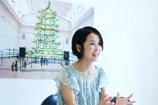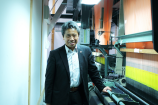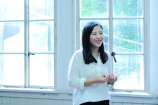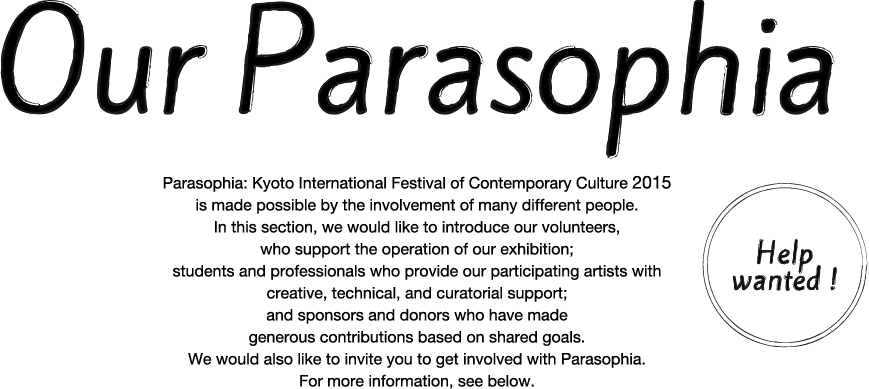


- Sept. 30, 2014
- (日本語) 募集:田中功起「美術館で戦後史について考え...
- Sept. 3, 2014
- Call for volunteers for Parasophia: Kyoto Internatio...
- Mar. 8, 2014
- Semi-official newspaper by students in the making, l...
-

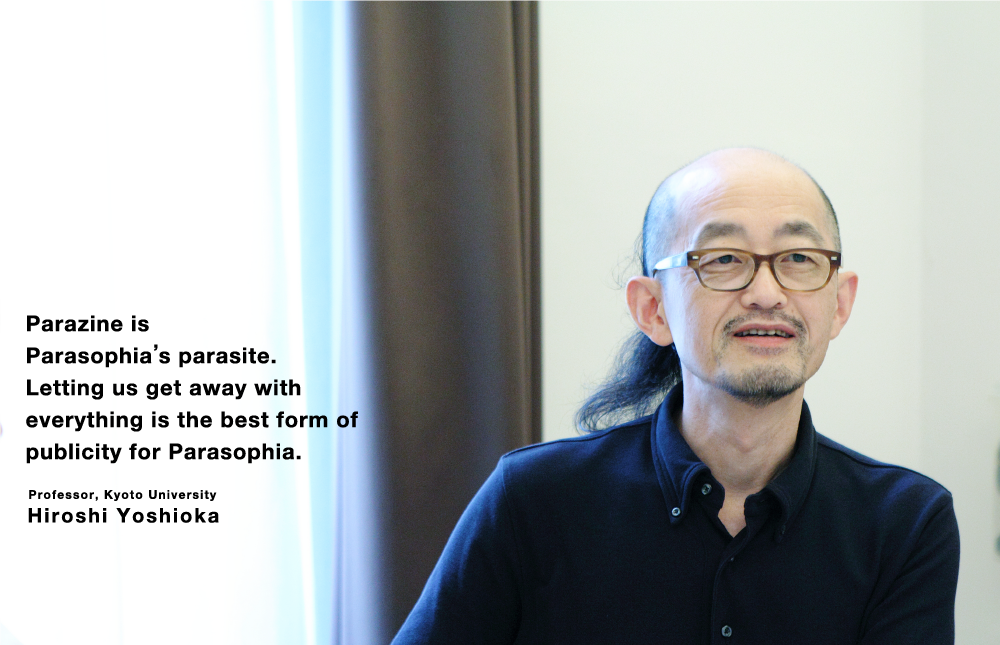
Semi-official free newspaper
I am the editor-in-chief of the “semi-official” free newspaper Parazine. I came to be involved with Parasophia when Shinji Kohmoto asked me to become a member of the Professional Advisory Board. During the first meeting, he asked me what I thought of the word “Parasophia.” While I thought it was an interesting name, not only was it a neologism, it wasn’t even Japanese. Thinking that some people would have feelings of resistance toward a word like this, I suggested that in order to familiarize the public with the name, they should try releasing some kind of publication. Mr. Kohmoto responded by asking me to take charge, and he also asked that I do this with local university students. So we gathered some students and other young people interested in volunteering to get involved in the project, and so it began. We decided to call them “Para-people.”*
* Parazine’s Japanese title is Para-jin, which literally translates as “Para-people.”Like parasites
Although I am the editor-in-chief, I myself am also a volunteer. I have decided that my role is basically to watch over whatever the Parazine team thinks up and undertakes. The contents of the newspaper aren’t directly related to Parasophia as an art festival. The main feature of our first issue is based on our casual discussions about what on earth “Parasophia” might possibly mean. Anyone with common sense would think that this would get us in trouble. Even though it’s published by Parasophia, the newspaper isn’t focused on advertising the exhibition. In that sense, Parazine is “semi-official,” and you could say that it’s basically a “parasite” living off of Parasophia. We help our host by spreading the word, and in return, we get to do what we want. Even though we don’t directly advertise the exhibition, the fact that they are allowing us this degree of freedom publicly demonstrates Parasophia’s open-mindedness, and I think that in the end this is the best publicity for Parasophia.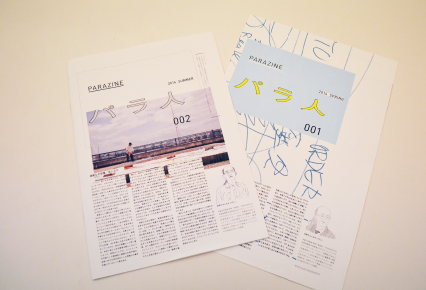
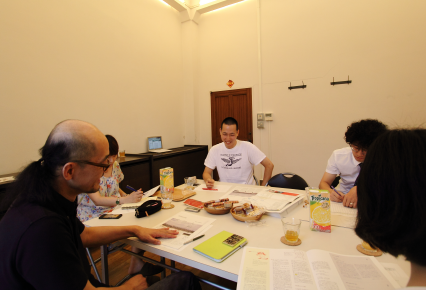

-

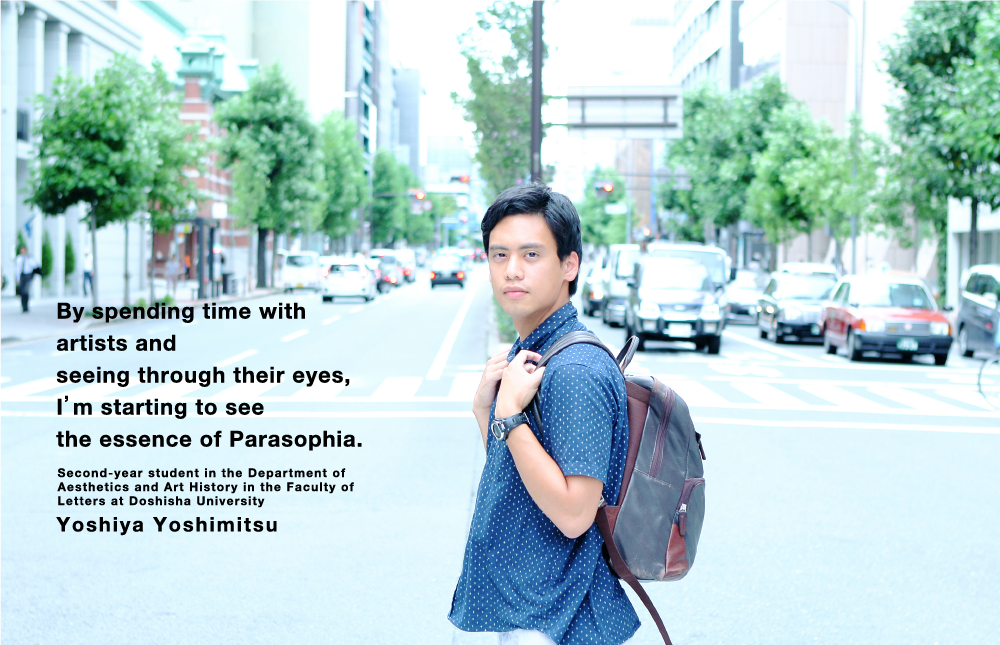
An art festival that helps people learn to see
I’m an Aesthetics and Art History major at university, but to tell the truth, I wasn’t really that interested in art. What actually drew me to join Parasophia was a special lesson that Shinji Kohmoto gave at my school. During the lesson, I was drawn by the description he gave of Parasophia’s aim as, among other things, fostering an understanding of how artists think and work in younger generations through their direct involvement in the project. This sparked in me an interest in art curation, to come into contact with this sort of world. So I immediately went to discuss this with Mr. Kohmoto and he gave me the job of acting as a personal assistant to visiting artists. As an assistant, I basically provide support by meeting the artists at the airport, taking them to the office, and checking them into their hotels for them. But honestly, as someone with no sense of direction, the thought of being asked to take care of someone made me a little nervous!The essence of Parasophia
One time when I was working as an assistant to Susan Philipsz, she asked me if I would be interested in accompanying her in some of her research activities. So over the next several days, we rode around Kyoto on bicycles and I showed her the sites for the exhibition and places like temples and shrines. But what made the biggest impression was when we visited Kamo River. Susan experimented with her voice echoing back to her under the bridge, and I also noticed her staring with fascination at a university brass band that was practicing on the riverbank. Witnessing the moments when an artist finds inspiration allowed me to begin to understand to some degree the essential meaning of the word “Parasophia.” It’s not just a matter of simply bringing artworks to Japan from overseas. When artists are physically present in Kyoto for their research, they are able to discover various things that can then go on to become part of their future work. In other words, a different presence from outside of Kyoto comes in to cause new reactions with the local people and environment. This has elicited a certain response in me personally and I look forward to seeing how the artists’ sensibilities will give this shape. I’m also looking forward to continuing to work with Parasophia and to keep directly experiencing what Parasophia is all about.Photo by Eoghan McTigue (above)
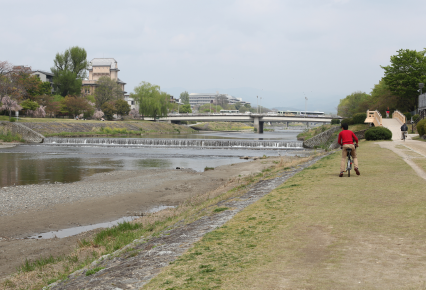
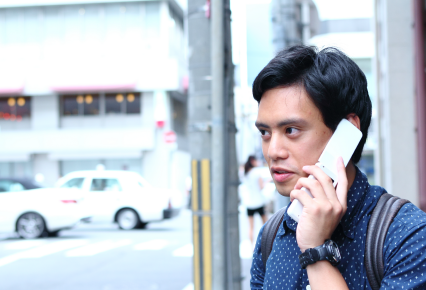
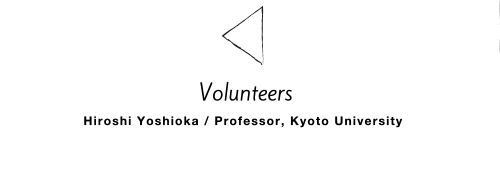
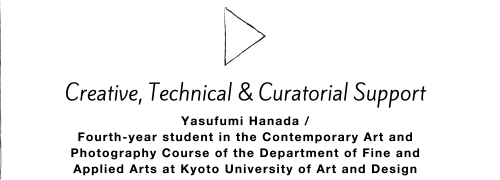
-


Participating in the installation of William Kentridge’s artwork
At university I have been involved with the Ultra Factory, a workshop project that works with some of today’s leading Japanese artists, including the workshop’s director, Kenji Yanobe. It was due to my involvement with this workshop that I was invited to work as a creative assistant on William Kentridge’s installation, The Refusal of Time, which was to be presented as a prelude exhibition for Parasophia in Kyoto. At first, I was a bit worried because I wasn’t sure what level of skill they expected of creative assistants. But Miwa Yanagi—a professor at my university who is also participating as an artist in Parasophia—encouraged me to take on the role. In fact, she practically ordered me to take it, saying to me “Hana-chan, you absolutely must go do it.”Experiencing firsthand the energy of the installation site
I worked as an assistant on Kentridge’s production team for his Kyoto installation of The Refusal of Time, where my role was mostly comprised of painting, adding aging effects to construction pieces, and helping to create the installation space. There was a bit of a language barrier, but since we are all involved in the art field, in our work we were somehow able to understand each other, so the language differences did not present that much of a problem. Rather, it was in trying to install the work in a foreign country where they ran into trouble. To give just one example, they discovered that tape in Japan is different in both standards and color, and they had a hard time just trying to find a suitable replacement. I understood that their work demands a great deal of adaptability, but Kentridge and his staff have a very strong relationship of trust, so they were able to deal with the various issues based on their own judgment and overcome them on the spot. It seemed like the artist and his staff are completely in sync with their way of looking at things.
The people on the production team had various areas of expertise and together seemed to comprise a fully assembly of wisdom. It was not only very impressive, but it also looked like a lot of fun. Being able to experience what comes out of something like that firsthand was really a once in a lifetime experience. My involvement with Parasophia has truly broadened my prospects for the future. I’m still not sure if I will be working as an artist or in more a technical area of creating and installing artworks, but I definitely want to stay involved in the art world in some way.Photos by Mai Okazaki (above) and Sabine Theunissen (below)
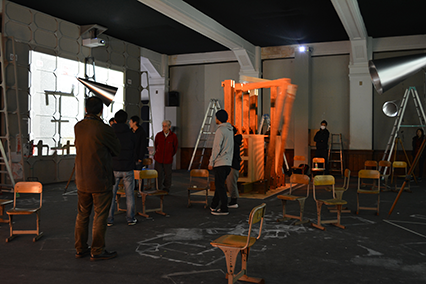
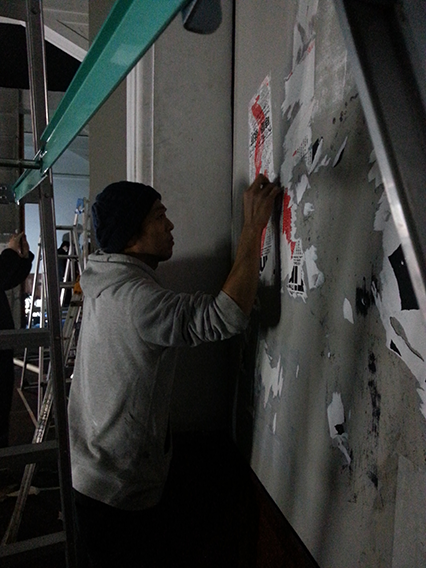
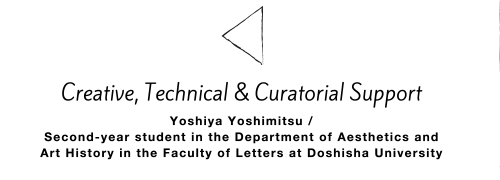

-

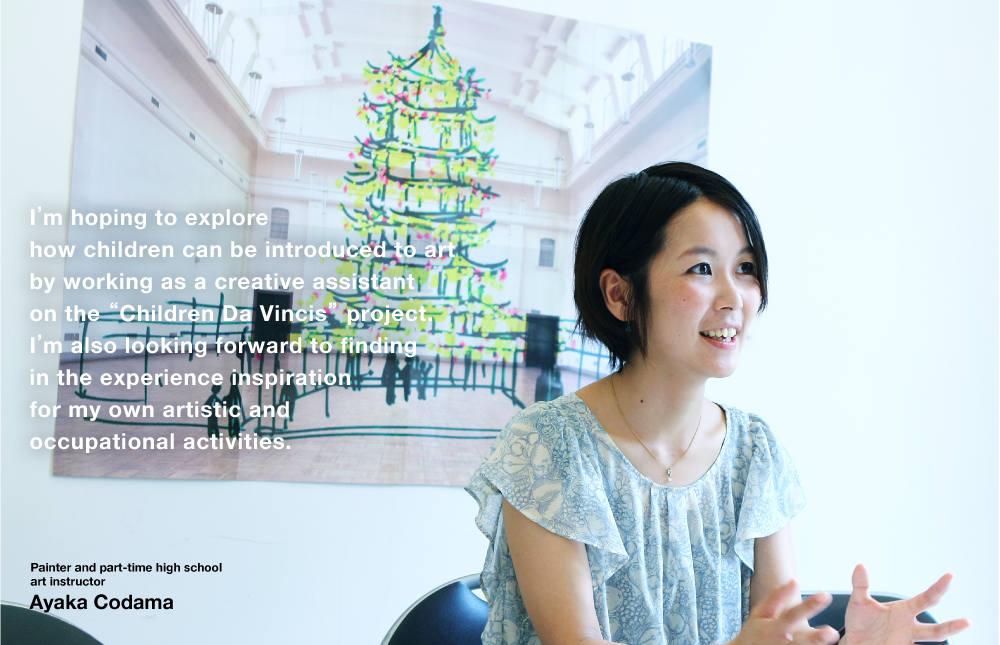
Wanting to learn how to introduce children to art
One of the highlights of Parasophia is Cai Guo-Qiang’s project “Children Da Vincis.” In this project, children freely create objects in an exploration of their pure curiosity, and Cai displays these pieces alongside his own. I applied for the position of creative assistant in this project, which means I will be supporting the children’s creative process. Usually I am pursuing my own creative endeavors as a painter, and I also teach art at a high school in Kyoto. I’m always thinking about what might be the best way to help foster in each child his or her own unique sense of creativity. For example, I find it very interesting to see how, by having them draw and view works critically, even children who aren’t especially interested in art can show their own unique sensibility. It would be wonderful to be able to help each child nurture his or her individual talents. This is the reason why I’m looking for ways to help introduce children to art, to make it a richer experience for them. I hope that by participating in this project I will get some kind of an idea about what will help me work toward this goal.Every participant is actively involved
Recently, I’ve been drawing pictures a lot with my friend’s six-year old niece, and I’m often surprised when I see how freely children—who are still unencumbered by fixed ideas—can create. They are able to use what little knowledge and experience they have with seemingly limitless results. Unexpected colors and shapes turn up in their drawings, making us realize that we are thinking inside the box. In this project, we feel that it is important to let the children create freely, and so the creative assistants are only to help them with technical aspects of the process. Children ranging from the ages of five to ten will be participating in the workshops, and we all look forward to seeing what they will create. And because there are pretty much no guidelines for this project, none of us can imagine what they will come up with. There is no knowing what kinds of things the children will create, and at this point we don’t know how Cai will incorporate these objects in his work, either. This means that because nothing is pre-determined, the project doesn’t consist of following instructions, and instead everyone involved can enjoy making works on his or her own initiative. I’m really looking forward to seeing what kinds of objects will be produced.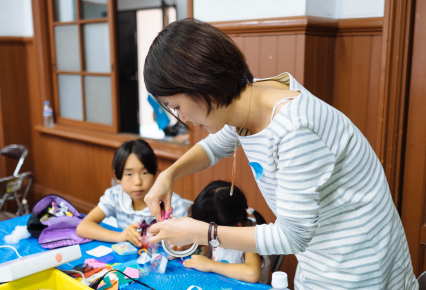
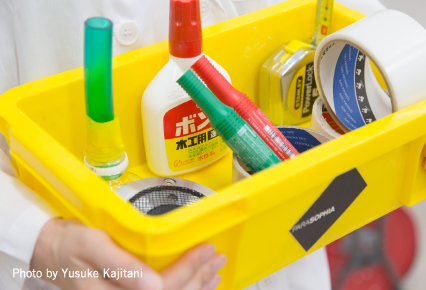
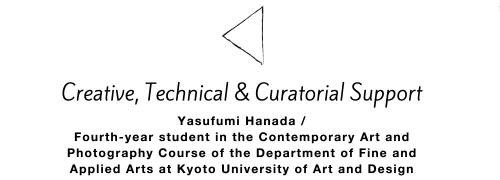

-

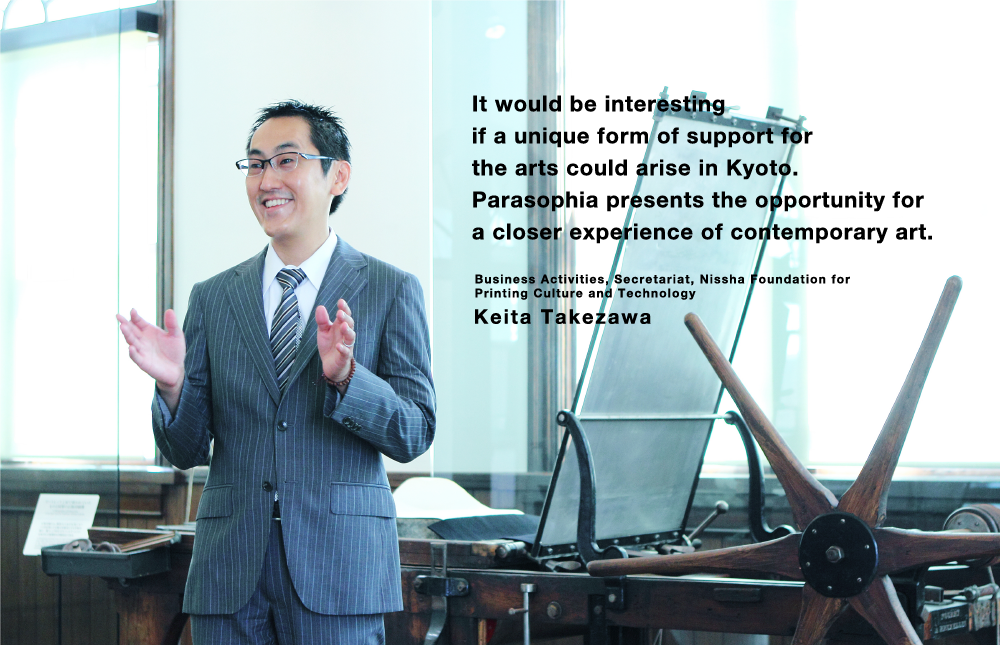
A fortuitous encounter with like-minded people
It was the free newspaper project Parazine that initially led our foundation to lend our support to Parasophia. Driven by the initiative of university students, this attempt to use the form of print media known as a “free newspaper” for public relations activities coincides with the main objective of our own foundation’s activities, which is the promotion and transmission of the culture of printing and publishing, so we see this as a truly fortuitous encounter.
When I first heard about Parazine, I thought, “A tabloid? Now that’s anachronistic,” but because I too had spent my youth immersed in subculture, this brought up a feeling of nostalgia in me. There used to be many independent paper media like this, but nowadays they have become quite rare. That university students can accomplish this through a system of trial-and-error in this day and age is quite impressive, and is one more reason why we are happy to give our support.How the Japanese can learn to live with contemporary art
I believe that western-style patronage, what usually takes the form of corporate sponsorship today, came to this country as a cultural import in the modern age, after the war. However, this concept doesn’t seem to have actually taken root in Japanese society. The genre or framework of “contemporary art” is also something that has emerged from Western cultures, and it seems that there are still many elements of it that Japanese people have difficulty understanding. But even if you don’t like every single artwork or event presented by Parasophia, for instance, if you get a chance to experience the individual projects and artworks by each artist, you will surely find something that will strike a chord. So if persons and companies who claim to not understand contemporary art take this chance to drop their assumptions and experience the art for themselves, they will be able to discover a variety of new things.
On the occasion of Kyoto’s first contemporary art festival, we would also like to learn from other companies and organizations in Kyoto what kind of support it is possible for us to give. As supporters, we too can receive inspiration while also contributing to the advancement of the culture of Kyoto. It would be great to build a mutually beneficial relationship. Because we feel that above all it is important for such endeavors to continue, we plan to help what has begun as Parasophia to continue to flourish for many years to come by exploring the best ways in which we can offer our support.
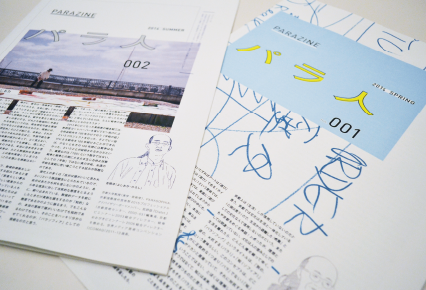

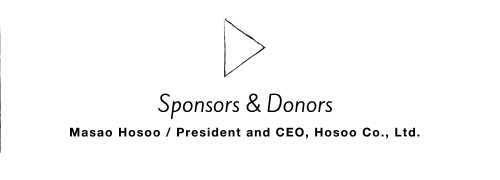
-

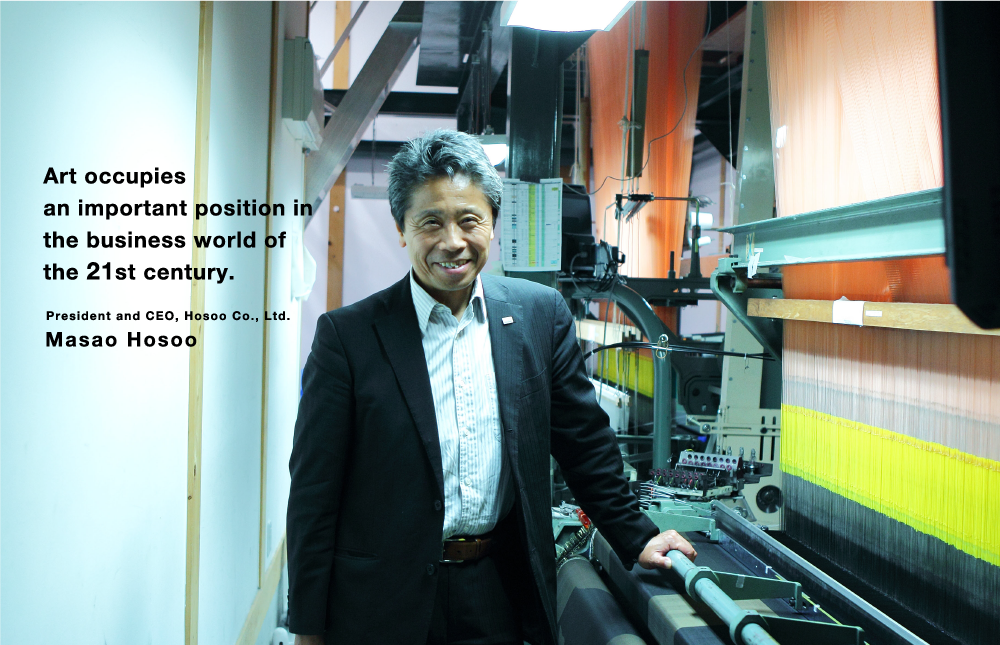
Promoting the experience cutting-edge art
Our company is a wholesale manufacturer of Nishijin textiles. In line with our mission to create cultural value through textiles, we have expanded our business into three fields and now manufacture fabric for kimonos, interior furnishings, and fashion products. We are currently concentrating our efforts on establishing a fourth pillar for our company in which we will fuse traditional industries with contemporary art, an area that we anticipate will also bring forth cultural value.
From my perspective as someone in the financial sector, art occupies an incredibly important position in the twenty-first-century business world. In fact, we sometimes receive requests for textiles from artists in places like New York and Europe, so we feel that we are involved in a movement that is of an international scale. However, there is limited support for young artists in Japan today. The creative leaders of the next generation will surely emerge by inhabiting an environment that is in touch with cutting-edge art. We see Parasophia as a unique opportunity to support and nurture the youth of Japan, and for this reason, we have decided to lend our financial support to the event. This is an extremely valuable opportunity for many people to view the work of artists of international renown.A big challenge for Kyoto
Our company receives many requests from foreign apparel brands and luxury hotels, asking us to create textiles such as interior fabrics and wall coverings for them. Today we can manufacture fabric by uploading the pattern onto a computer and linking it to a loom, but this method requires a large loom. Previously, the widest fabric that our looms were able to weave was 70 cm wide, but to meet our clients’ changing demands, we developed new looms that are capable of weaving cloth up to 150 cm wide. This innovative technology is the product of the expertise of dozens of craftsmen, and the loom we have made is one of a kind in the entire world. Even our company, which is grounded in a tradition that dates back more than 300 years since our founding, is constantly facing these challenges of expanding into new fields, developing new looms, and more. Parasophia will surely prove to be a big challenge for Kyoto as well. This city is constantly absorbing new elements into its culture, and we expect that Parasophia will not simply mimic the art festivals that have been held in other regions, but rather take advantage of our rich local resources and make something unique to Kyoto. As this is the festival’s inaugural exhibition, the budget is rather limited. I think, however, that the truly important element in its success will be the quality of the exhibition and the richness of its content. We would like to help create the kind of art festival that will cause people 500 years from now to say, “Our ancestors have left us something that is truly wonderful.”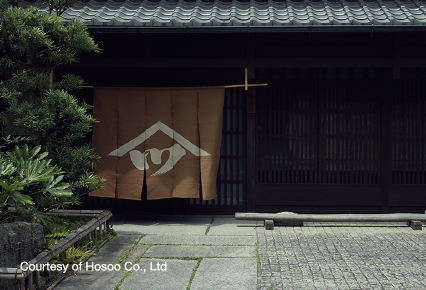
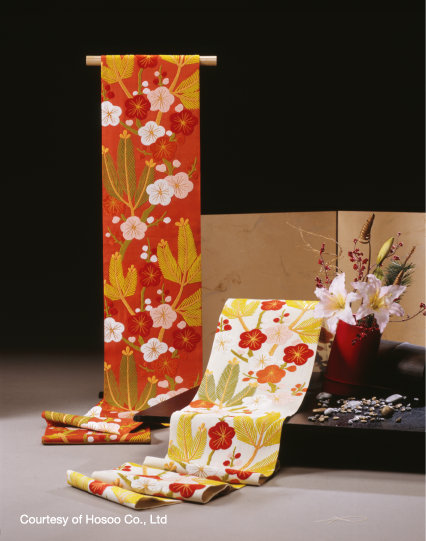
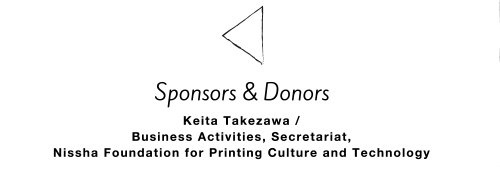
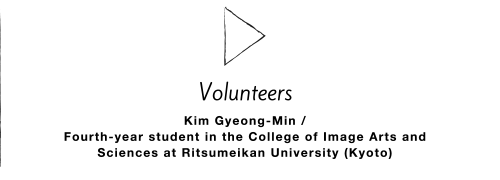
-

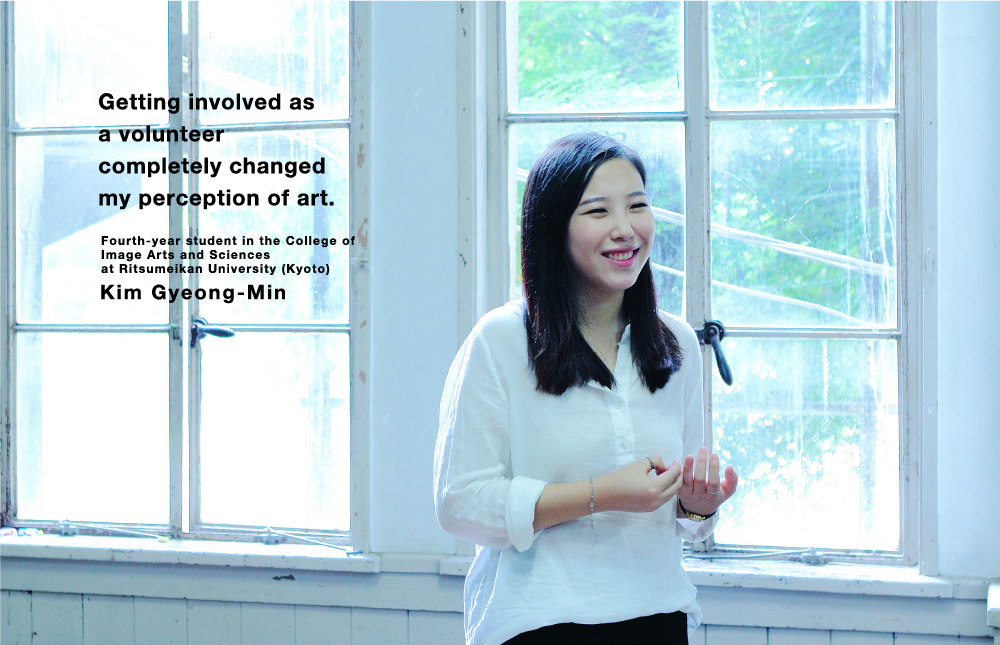
Wanting to share what Kyoto is like from the perspective of a foreign exchange student
I came here from Korea as an exchange student to study film. At school, I happened to see a poster calling for volunteers for Parasophia, which is how I came to know about this exhibition. My studies are mostly focused on the production of TV dramas and films, so I wasn’t necessarily very interested in contemporary art itself. But after living in Kyoto and seeing what a wonderful city it is, I thought that I could perhaps help strengthen the bond between Kyoto and art and share my appreciation of the city based on my point of view as a foreign exchange student. I also hoped to widen my own perspective by coming into contact with various fields that are new to me.There are infinite ways to look at art
When William Kentridge’s The Refusal of Time was exhibited as a prelude one year before the exhibition in 2015, I was in charge of a number of tasks including those at the reception counters and in the exhibition space. Some tasks involved direct interaction with the visitors, many of who asked questions. At first, I wasn’t able to answer their questions very well, so in order to be able to tell them even just a little bit more about the artist, I tried to learn what I could about Mr. Kentridge. Because of that, I was able to exchange opinions about the work with visitors.
From small children to the elderly, people from all walks of life came to see the exhibition, each with their own way of viewing the work. I feel that the experience of seeing their reactions up close has greatly changed my own perception of art. Before, I had a vague image of contemporary art as being something that is difficult to understand, but I came to see that there is an infinite number of ways in which we can understand any given work of art. I encountered opinions that ran completely counter to my own, and I eventually came to think that this is what makes art interesting.
There were volunteers who are students of the fine and technical arts, and there were those who are full-time homemakers and the elderly. I think the true value of the experience of volunteering lies somewhere that has nothing to do with what we are or are not good at, so I think everyone should give it a try without feeling too much pressure about it.Parasophia: Kyoto International Festival of Contemporary Culture 2015 Prelude [Exhibition] William Kentridge: The Refusal of Time, former Rissei Elementary School (Nakagyo-ku, Kyoto), 2014
Above: Venue entrance. Photo by Kunihiro Shikata
Below: Study Room. Photo by Anri Yanase